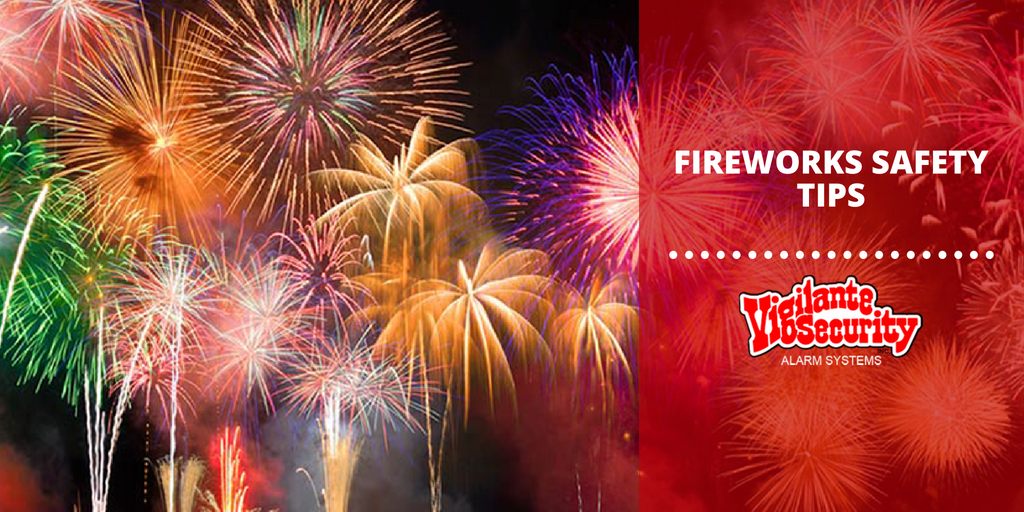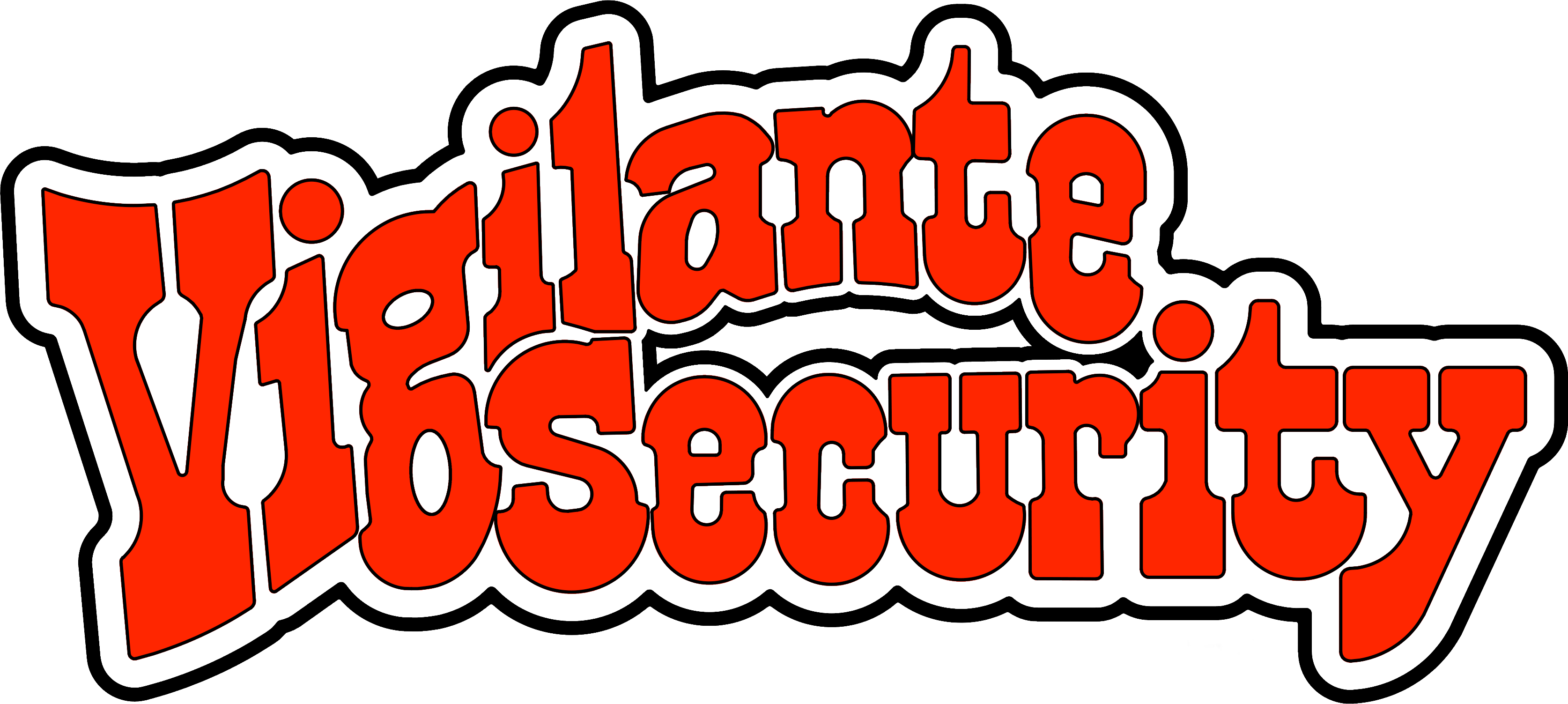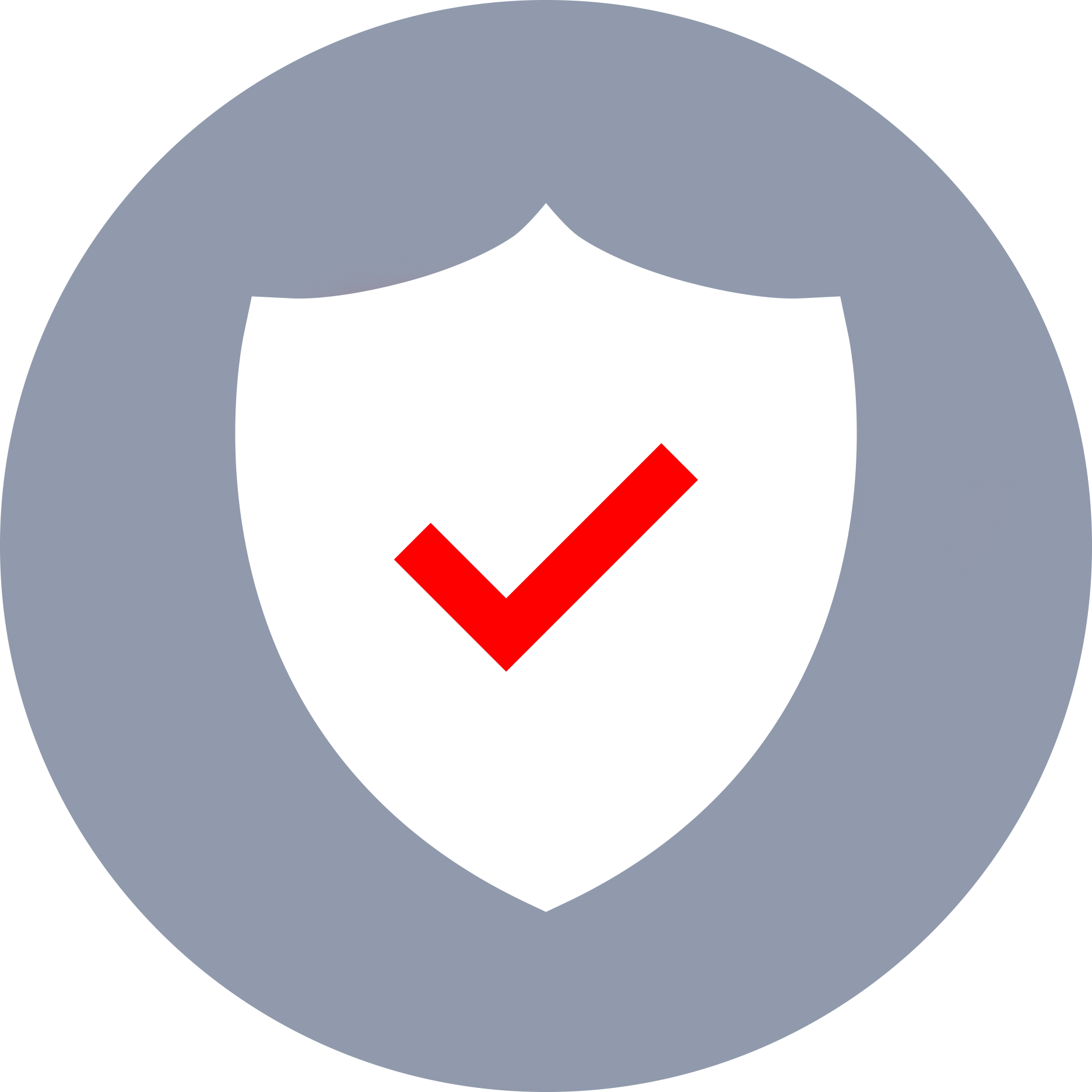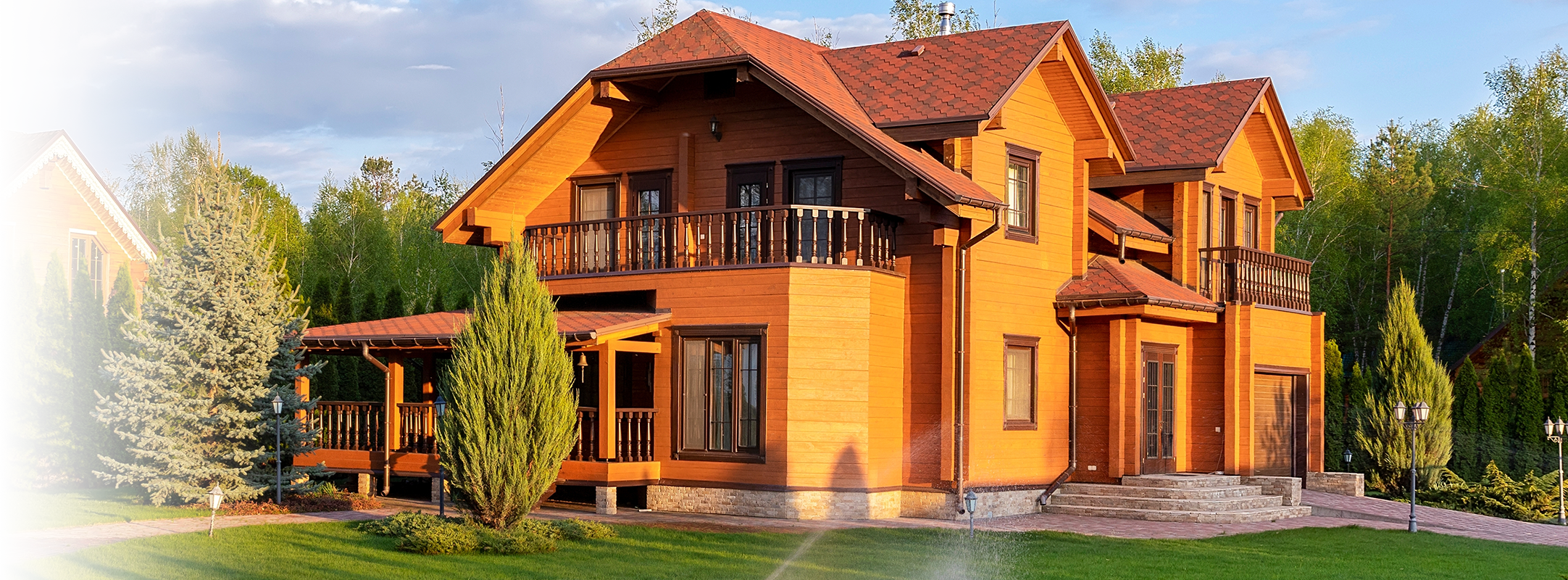Fireworks Safety Tips

As we head into the 4th of July holiday we once again have to deal with the use of fireworks. Prevent Blindness warns that there is no safe way for nonprofessionals to use fireworks. The safest way to enjoy the splendor and excitement of fireworks is at a professional display. With that being said, we know that people will still use fireworks. All we can ask is that you use common sense and be safe. Here are some facts to ponder:
According to the U.S. Consumer Product Safety Commission, fireworks are involved in thousands of injuries treated in U.S. hospital emergency rooms each year. Most fireworks injuries occur during the one month period surrounding the Fourth of July. Most fireworks injuries occur during the one month period surrounding the Fourth of July.
- Fireworks devices were involved in an estimated 11,100 injuries treated in U.S. hospital emergency rooms in 2016.
- An estimated 7,600 fireworks-related injuries (or 68 percent of the total estimated fireworks-related injuries in 2016) were treated in U.S. hospital emergency departments surrounding the 4th of July period.
- Males accounted for 61% of fireworks injuries.
- 31% of fireworks injuries were to children under age 15.
- Young adults 20 to 24 years of age had the highest estimated rate of emergency department-treated, fireworks-related injuries. Children younger than 5 years of age had the second highest estimated rate.
- The parts of the body most often injured were hands and fingers (an estimated 33 percent); head, face, and ears (an estimated 20 percent); legs (an estimated 18 percent); eyes (an estimated 9 percent); and arms (an estimated 8 percent).
- Sixty-nine percent of the emergency department-treated injuries were burns. Burns were the most common injury to all parts of the body, except the eyes, where contusions, lacerations, and foreign bodies in the eyes occurred more frequently
- There were 4 reported fireworks-related deaths in 2016.
Again, you shouldn’t use fireworks but if you must, here are some firework safety tips that’ll make your 4th of July and summer firework events safe and enjoyable.
- Make sure an adult lights sparklers or other fireworks for children. Matches and lighters are dangerous for children to use and should be kept out of reach.
- Make sure there is adult supervision when sparklers are being used or fireworks are being watched.
- Sparklers burn at a temperature of up to 2,000 degrees; hot enough to melt glass! When children are using sparklers, make sure they hold it at the end and out in front of them to avoid getting burned. If children are too young to hold a sparkler, let them hold glow sticks instead! They are just as fun and can keep little hands from getting burned.
- Never throw a sparkler or other firework at a person, animal, or object. Someone could get seriously hurt!
- Never light fireworks indoors or near dry grass. Fireworks can easily start a fire not only in fields but houses and garages.
- Once children are finished with their sparklers or other fireworks, make sure an adult disposed of them properly.
- When you’re lighting a firework for a child, make sure there is enough distance between the two of you to not get burned or hurt.
- A rocket can reach 150 miles per hour and travel as high as 1000 feet. When watching a large firework display, make sure you sit far enough away from where the professionals are setting them off.
- Make sure you obey all local laws regarding the use of fireworks. Consider your elderly neighbors and neighbors that need to sleep, such as babies and people that have to work in the morning. With July 4th, 2018 being a Wednesday, many people will still have to go to work on Thursday. Check into your local ordinances as to when and where you can light fireworks. Please also consider that there may be some people that are very sensitive to loud explosions.
I’m sure many have heard of horror stories of people and their experiences with fireworks. Many may also know of local Detroit weatherman Dave Rexroth’s incident several years ago. Tragedy can happen to anyone if they are not careful.
If an accident occurs, call 911 immediately and try to administer first aid. The following tips should be helpful.
Prepare A First-Aid Kit: You keep a first-aid kit in your home and car, right? Now’s the time to dig it out, make sure the bandages and other items aren’t used up or expired, and to update it with July 4th specific supplies.
- Sterile Saline Solution is great for cleaning eyes and can also be used to clean debris out of wounds on the rest of your body.
- Cling Wrap or similar can be used to protect burns while you transport a person to the ER or wait for an ambulance.
- Second Skin Moist Burn pads are a good way to protect and cool minor burns.
- Aloe Vera gel can help treat and “cool” burns in the days following the accident.
- Pain relievers expire, so check the dates and make sure you have some that are up to date. Burns hurt!
- Blunt tip scissors are handy for cutting clothing off injured areas without stabbing yourself or the victim.
- It’s also a good idea to have a dedicated fire blanket or wool blanket on hand. Those won’t melt or burn if exposed to direct flame, so can help you smother anyone that manages to light themselves on fire. You may need to treat someone for shock as well, so that blanket will give them something to lie down on or something you can wrap them in to keep them warm.
Treating eye injury: If an accident does occur, minimize the damage to the eye.
- Do not rub the eye. Rubbing the eye may increase bleeding or make the injury worse.
- Do not apply pressure to the eye itself. Holding or taping a foam cup or the bottom of a juice carton to the eye, are just two tips. Protecting the eye from further contact with any item, including the child’s hand, is the goal.
- Do not stop for medicine! Over-the-counter pain relievers will not do much to relieve pain. Aspirin (should never be given to children) and ibuprofen can thin the blood, increasing bleeding. Take the child to the emergency room at once – this is more important than stopping for a pain reliever.
- Do not apply ointment. Ointment, which may not be sterile, makes the area around the eye slippery and harder for the doctor to examine.
Person on fire, Stop, Drop And Roll – Stop them from running around, lay them on the ground and smother the flames by rolling the person onto them or with a blanket, jacket or similar.
Treating Minor Burns: Red and painful, perhaps with a small blister or blisters.
- Immediately run the burn area under cool water for at least 10 minutes.
- While doing so, remove any jewelry or clothing from the affected area.
- Once cool, cover the area with Second Skin (or similar) or cling wrap to protect it. Do not use cloth bandages or similar materials that may stick to the burn.
- Aloe Vera gel or other soothing treatments can be applied after this initial treatment, but only if the burn is minor.
- If the burn is larger than your hand or the person is young, old or otherwise in frail health, take them to the ER.
Treating Major Burns: Deep, with significant blistering and damage to the skin. Frequently the result of burning clothing or direct exposure to flame.
- Cool the burn immediately with running water. If the burn covers a large area of a person’s body, you may need to use a garden hose or buckets of water.
- Call an ambulance or immediately transport the victim to an Emergency Room if you don’t have phone reception.
- Remove clothing or jewelry from the burn area, but only if it’s not stuck to the wound.
- Cover the wound with a sterile, protective dressing such as that plastic cling film.
Treating Amputation: Fireworks occasionally cost people their fingers or toes. Prompt medical treatment can reattach them.
- Call 911.
- Lay the victim down and elevate the injured body part.
- Remove any visible foreign objects.
- Apply direct pressure to the wound for 15 minutes to stop bleeding.
- If possible, retrieve the amputated finger or toe and rinse (don’t scrub) it clean, then wrap it in a clean, damp cloth and make sure it goes to the hospital with the victim. Don’t place the digit on ice, which will damage the blood vessels and make reattachment difficult.
Treating Shock: If a person experiences a major injury, they may go into shock. When a person goes into shock, their organs don’t get enough blood or oxygen, which can lead to permanent damage. Signs of shock are cool and clammy skin, confusion, dilated pupils or a weak and/or uneven pulse.
- Lie down with feet slightly raised higher than head.
- If not breathing, begin CPR.
- Loosen clothing for comfort, but keep warm with a blanket.
- If vomiting or bleeding from the mouth, turn victim on side.
Enjoy the holiday, hopefully the weather cooperates, but stay away from non-professional fireworks and be safe.


